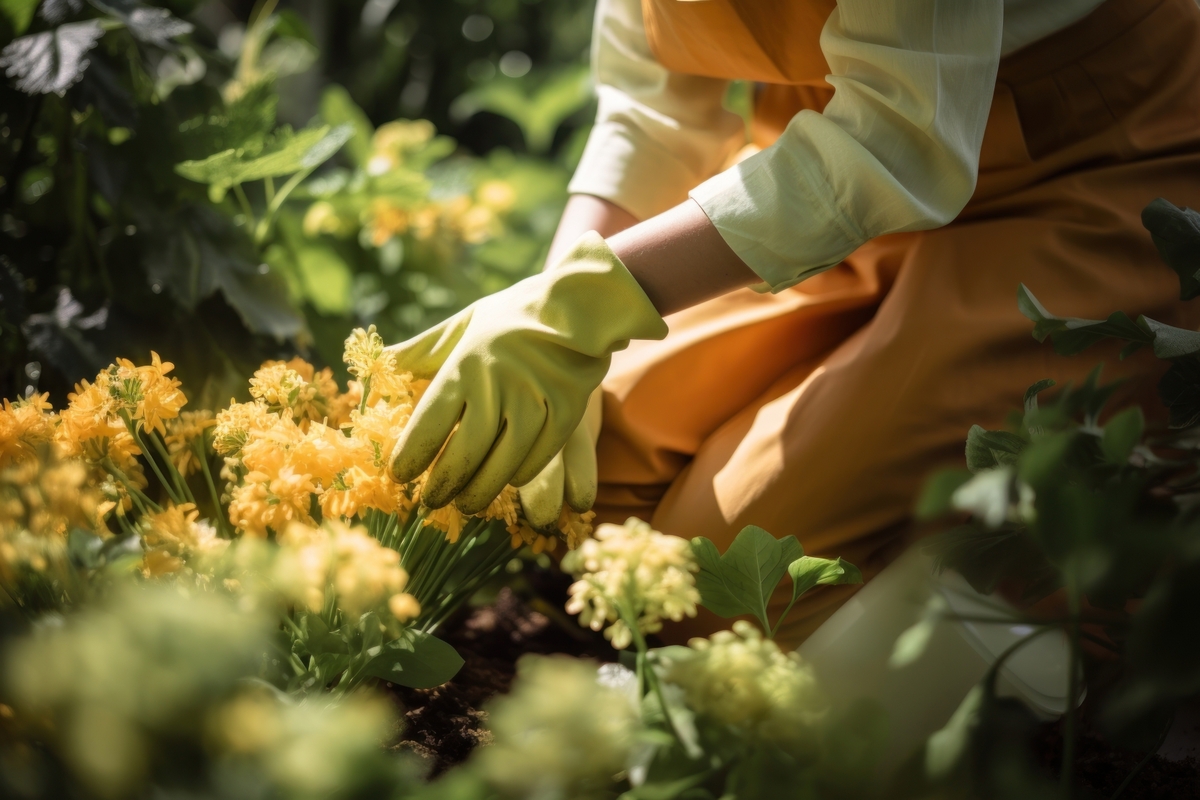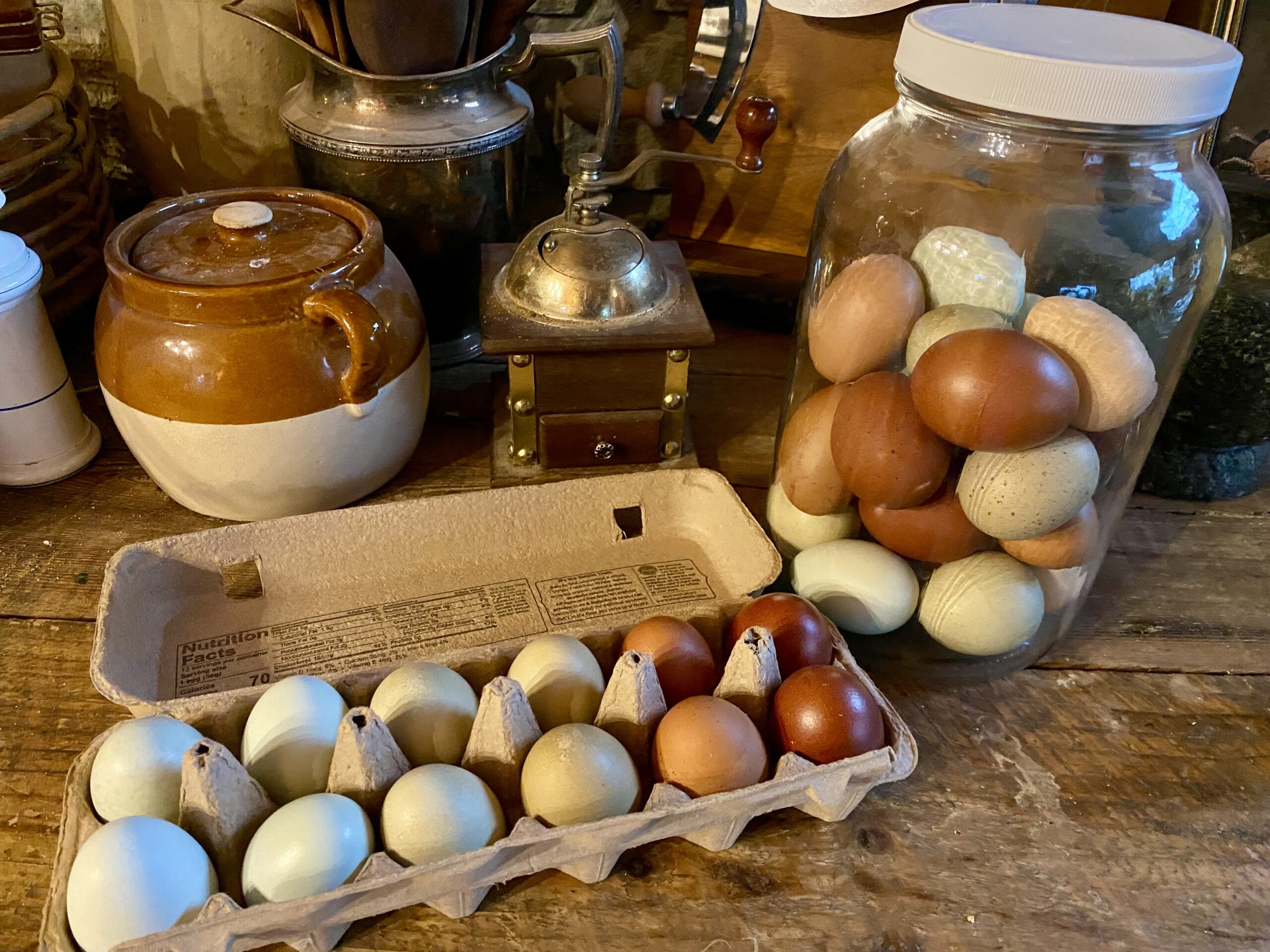If you have been following us from the beginning, you’d know we started this business in 2019 under the name Browning’s Blossoms. It emerged as a capstone project for my degree in Sustainable Agriculture, and since I had already done the legwork, we decided to just run with it. We had recently moved into our log home on 40 acres and thought it was the perfect time to turn our farm into a new family business by farming flowers.
If you’ve ever come across any of our interviews, magazine articles, or guest podcast episodes, you’d know the long version of how this adventure came to be was through years of suffering through unexplained stomach pains. I received a blanket diagnosis of IBS after years of testing and crippling pain with virtually no explanation. It was through self-exploration of our food systems that led me to many, many books on how our food is raised, grown, and harvested, transported, kept, and served and it disturbed me. After ten years of research, and after serving six years in the Coast Guard I had an opportunity. I could PCS move anywhere I wanted after the service and I chose Kentucky. I had never been here before, but I was seeking a degree in agriculture because I had this newfound dream of becoming a farmer. What I didn’t understand at the time was that what I really wanted was to homestead and lead a life of self sufficiency, but we don’t know what we don’t know. I honestly don’t think I had ever even heard of the term homestead back in 2015.
I also had no business pursuing an agricultural degree. I hadn’t so much as grown a tomato on my condo balcony when I was growing up in the suburbs of Sacramento. Why I thought I could simply study and become a farmer was beyond me. But I have a tendency to pursue the impossible without even stopping to ask myself if I can actually do it.
University of Kentucky required a 250 hour on farm apprenticeship at their horticulture research farm, assisting in running the University led CSA program. It was this reason I chose Kentucky, because I knew I needed hands-on experience.
During my time at UK, and through many freezing spring mornings harvesting broccoli, or hot and sticky summers killing squash bugs, I realized that to be an organic vegetable grower (my dream) we needed arable land (which we didn’t have), money for multiple implements (we didn’t have that either), and labor (and we definitely could not afford to pay someone to help us).
It was during one 50-minute lecture, a reluctant one for my professor at that, that I learned about the floriculture industry. It wasn’t a particularly riveting powerpoint, but the numbers added up. The profit margins for flowers were there, and they were quite different from vegetables. They could easily become a value-added product through farmers market bouquets, all the way up to high end wedding florals, or even a flower truck as we ended up pursuing. It was manageable for one person, and could be profitable on a small scale. Also harvesting flowers cannot be mechanized, so there isn’t a lot of machinery required. It was in that classroom that I decided I was going to be a flower farmer. Also it’s worth noting I had never once bought myself a bouquet. I had a tendency to think of flowers as a waste of money. So once again my thought distortion of what was possible and realistic was in full force.
Because I had already put the cart before the horse – we already had a website, a logo, even t-shirts and coffee mugs, and I had created an LLC, I had a lot of catching up to do. And unfortunately, UK did not have much to offer in the way of flower farming or floristry, so I quickly fell into the trap of expensive cottage core dreams and turned to Floret… I paid thousands of dollars to take their course, I paid hundreds of dollars to buy their seeds, and during my senior year, while commuting an hour and a half each way and student teaching, I started growing flowers. (By the way, a vast majority of her seeds aren’t specific to their breeding program, they are available much cheaper and in bulk by many other companies like Johnnys or Geoseed. Save yourself some money).
Before I knew it, I was converting our backyard into a raised bed garden where I was direct sowing seeds and transplanting starts I had bought from other flower farmers. One Facebook Marketplace find led us to our Flower Trailer in southern Kentucky, another led us traveling to Chicago for our Flower Truck, and before we were ready we were asked to do the florals for someone’s wedding. I had lofty dreams and all the books I read made farming flowers feel very possible. The mistake I constantly find myself making is not accounting for the time it takes to execute my dreams.
We setup our truck anywhere and everywhere we were invited, outside boutiques, at festivals and coffee shops, and for special holidays. I was cutting on our very small and meager plot of flowers and driving all over central Kentucky collecting from fellow flower farmers that were within a two hour radius from us to prep for setups. I was creating and designing pamphlets for brides as the inquiries for weddings kept pouring in. I was also still working, tending to our farm animals, and trying to actively expand the garden simultaneously. I was really proud of the start our business was making. And it would have been quite lucrative but I poured any earned money right back into the business. A lot of that came from following whichever suggestions our customers would make. They’d ask for something custom, request a workshop, I needed to stock up on vases or supplies, or a bride would ask for an elaborate install, and I followed the advice I received from another fellow flower farmer and florist, “Say Yes, and figure it out later.”
That florist that gave me that advice is no longer in business. And we are no longer doing flowers (for now). Stay tuned for Part 2: So why leave the flower industry anyway?



